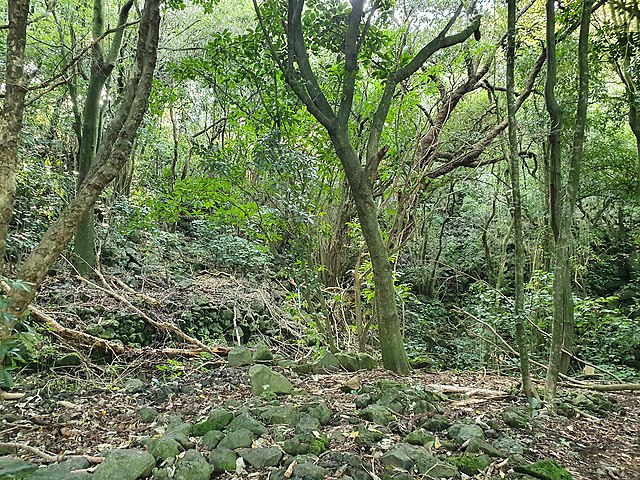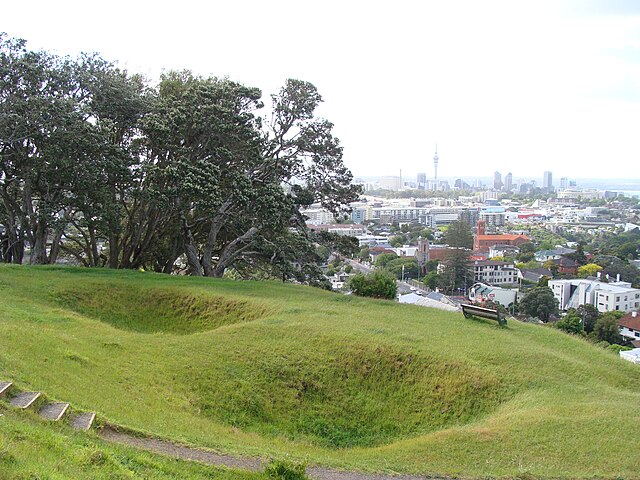Auckland City was a territorial authority with city status covering the central isthmus of the urban area of Auckland, New Zealand. It was governed by the Auckland City Council from 1989 to 2010, and as a territory within the wider Auckland Region, was also governed by Auckland Regional Council. Auckland City was disestablished as a local authority on 1 November 2010, when Auckland City Council was amalgamated with other councils of the Auckland Region into the new Auckland Council. At the time of its disestablishment, the city had a resident population of around 450,000.
View of part of Auckland City from Maungawhau / Mount Eden
The Auckland isthmus, also known as the Tāmaki isthmus, is a narrow stretch of land on the North Island of New Zealand in the Auckland Region, and the location of the central suburbs of the city of Auckland, including the CBD. The isthmus is located between two rias : the Waitematā Harbour to the north, which opens to the Hauraki Gulf / Tīkapa Moana and Pacific Ocean, and the Manukau Harbour to the south, which opens to the Tasman Sea. The isthmus is the most southern section of the Northland Peninsula.
The Auckland isthmus seen from the International Space Station in 2019
Almorah Rock Forest, an ecosystem that once covered much of the Auckland isthmus (pictured: lava rock forest remnant at Withiel Thomas Reserve, Newmarket)
Wetlands and swamps surrounded by Cordyline australis (cabbage trees / tī kōuka) formed in many of the unforested areas of the isthmus (pictured: Cabbage Tree Swamp in Sandringham, circa 1910)
Kūmara (sweet potato) was widely grown on the isthmus during the pre-European period, and stored in rua kūmara (storehouses) (pictured: storehouse pit remnants on Ōhinerau)





